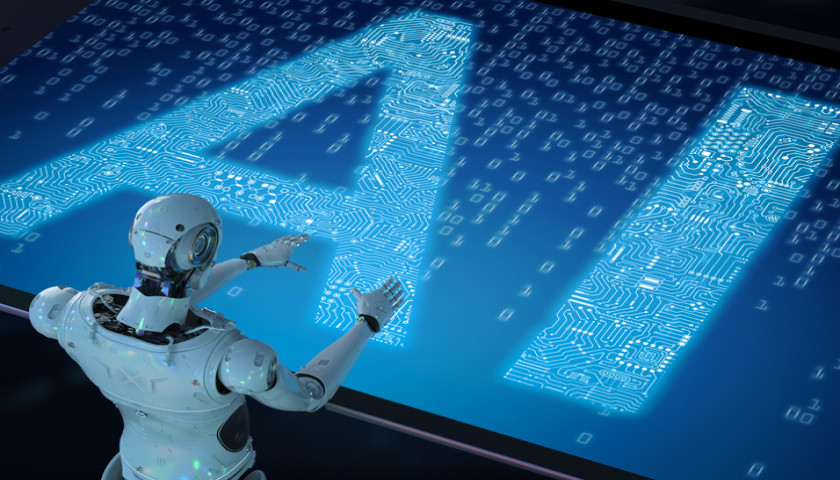AI-based robotic trading, also known as algorithmic trading or automated trading, is the use of artificial intelligence (AI) systems to execute trades in financial markets. These systems analyze vast amounts of market data, identify patterns and trends, and make trading decisions without human intervention.
Here's a general overview of how AI-based robotic trading works:
Data Collection: The system collects a wide range of data, including market prices, news feeds, social media sentiment, economic indicators, and other relevant information.
Data Analysis: AI algorithms process and analyze the collected data to identify patterns, trends, correlations, and other indicators that can inform trading decisions. Machine learning techniques can be applied to continuously improve the system's performance.
Strategy Development: Based on the analysis, the system develops trading strategies or algorithms. These strategies define the conditions for buying or selling financial instruments and the timing of executing trades.
Trade Execution: The system automatically executes trades based on the predefined strategies. It can connect to brokerage platforms or exchange APIs to place orders directly in the market.
Risk Management: AI-based robotic trading systems incorporate risk management techniques to control the exposure to potential losses. These techniques can include stop-loss orders, position sizing, and portfolio diversification.
Performance Monitoring: The system continually monitors the performance of executed trades and assesses the effectiveness of the strategies. It can make adjustments or adapt its approach based on real-time market conditions.
There are several advantages to AI-based robotic trading:
Speed and Efficiency: AI systems can analyze vast amounts of data and execute trades much faster than humans, enabling them to take advantage of market opportunities and react to changes in real-time.
Reduced Emotional Bias: Emotions can cloud human judgment and lead to irrational decisions. AI-based systems eliminate emotional bias and rely on data-driven analysis, increasing objectivity in trading.
Backtesting and Optimization: AI algorithms can be backtested using historical data to assess the performance of trading strategies. This enables traders to refine their approaches and optimize their systems before deploying them in live markets.
Continuous Operation: AI-based robotic trading systems can operate 24/7 without the need for breaks or sleep. They can monitor multiple markets simultaneously and execute trades at any time, increasing the potential for profit.
However, it's important to note that AI-based robotic trading also carries risks and challenges. Market conditions can change rapidly, and past performance does not guarantee future results. It's crucial to design robust risk management protocols and monitor the system's performance to ensure it aligns with the trader's objectives.
Additionally, regulatory compliance and ethical considerations surrounding automated trading should be carefully addressed. Traders should adhere to applicable regulations and ensure transparency and fairness in their trading activities.
